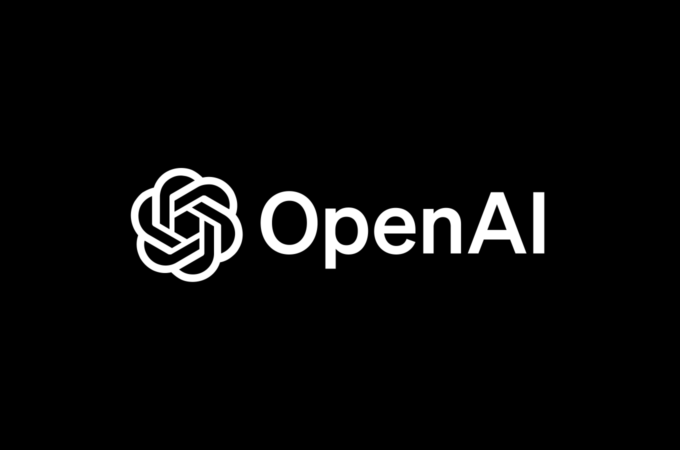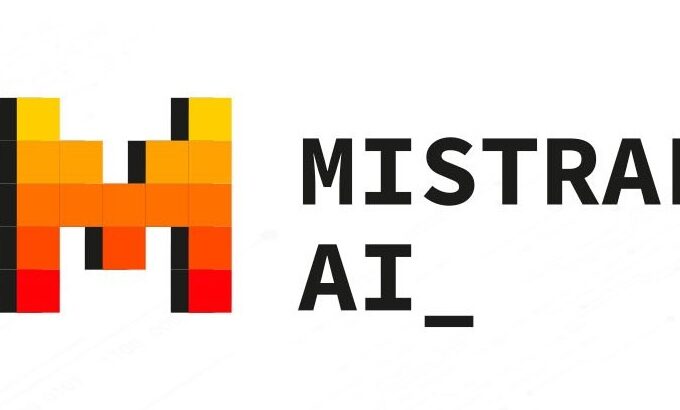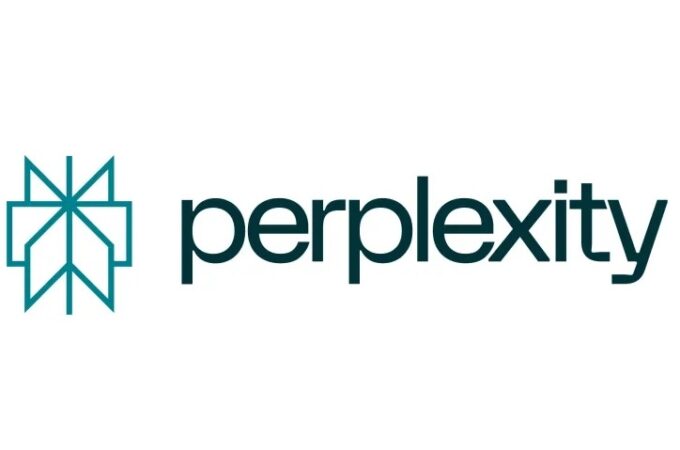
Meta’s Llama 3.1: Open-Source AI Challenges Financial Technology Landscape
Meta’s recent unveiling of Llama 3.1, its latest open-source artificial intelligence model, is poised to reshape the fintech industry’s approach to AI development and deployment. The release of Llama 3.1, particularly the impressive 405 billion parameter version, marks a significant step towards making frontier-level AI capabilities widely accessible to financial technology companies of all sizes.
In a public letter accompanying the release, Meta CEO Mark Zuckerberg emphasized the importance of open-source AI, drawing parallels to the evolution of operating systems. He argued that open-source AI could democratize access to advanced technology, potentially leveling the playing field for fintech startups and established financial institutions alike. “Open source will ensure that more people around the world have access to the benefits and opportunities of AI,” Zuckerberg stated, highlighting the potential for widespread innovation in the financial sector.
Llama 3.1 405B, touted as the world’s largest and most capable openly available foundation model, rivals proprietary models from industry leaders like OpenAI and Google in areas such as general knowledge, math, and multilingual translation. This advancement could enable fintech companies to develop more sophisticated chatbots for customer service, create more accurate risk assessment tools, and offer highly personalized financial services without the need for expensive, closed-source solutions.
One of the model’s key improvements is its expanded context length of 128,000 tokens, allowing for the processing of much longer documents. This feature is particularly valuable in the finance industry, where analyzing complex financial reports, lengthy contracts, or extensive transaction histories is commonplace. The enhanced capability could lead to more comprehensive financial analysis and improved decision-making processes in areas such as loan underwriting or investment strategies.
Additionally, Llama 3.1’s multilingual capabilities open doors for global fintech expansion and improved cross-border services. This feature could be particularly beneficial for international money transfer services, global investment platforms, and multinational banking operations, potentially reducing language barriers in financial services.
To facilitate easy adoption, Meta has partnered with major cloud providers including AWS, Azure, and Google Cloud. This collaboration ensures that fintech companies have flexible deployment options, allowing them to integrate Llama 3.1 into their existing cloud infrastructure seamlessly. The company has also released new safety tools, including Llama Guard 3 and Prompt Guard, addressing potential concerns about AI safety in financial applications – a critical consideration in an industry where security and reliability are paramount.
While the release of Llama 3.1 has been met with enthusiasm, some experts have raised questions about the extent of its “openness,” particularly regarding the transparency of its training data.
Despite these concerns, the potential impact of Llama 3.1 on the fintech sector is significant. The model could accelerate innovation in various areas of financial technology, including:
- Fraud Detection: More sophisticated AI models could lead to improved real-time fraud detection systems, potentially saving financial institutions billions in losses.
- Algorithmic Trading: Advanced language models could enhance the analysis of market sentiment and news, leading to more informed trading strategies.
- Personalized Financial Advice: AI-powered robo-advisors could become more sophisticated, offering highly tailored financial guidance to a broader range of customers.
- Regulatory Compliance: Improved natural language processing could streamline the analysis of complex regulatory documents, helping fintech companies stay compliant more efficiently.
- Credit Scoring: More nuanced AI models could lead to fairer and more accurate credit scoring systems, potentially expanding access to financial services for underserved populations.
As the fintech sector grapples with the implications of this release, industry leaders will need to reassess their AI strategies. Llama 3.1 could potentially reduce AI development costs and democratize access to advanced AI capabilities, allowing smaller fintech players to compete more effectively with established financial institutions. This shift might lead to increased competition and innovation in the financial services sector, ultimately benefiting consumers with more advanced and accessible financial products.
However, the adoption of open-source AI models like Llama 3.1 also raises important questions about data privacy, model interpretability, and regulatory compliance. Fintech companies will need to carefully consider these factors as they explore the potential of this new technology.





